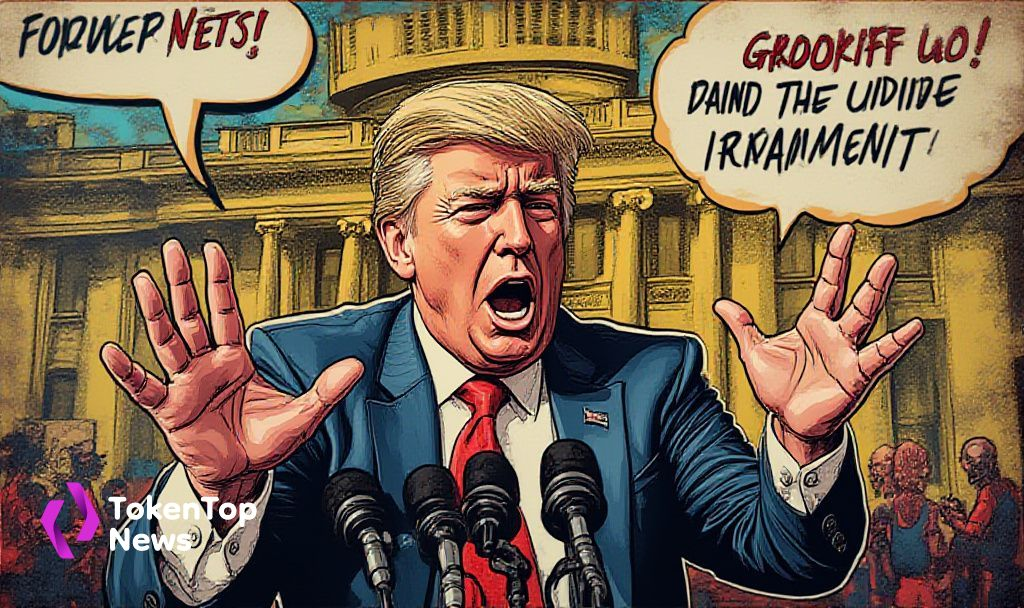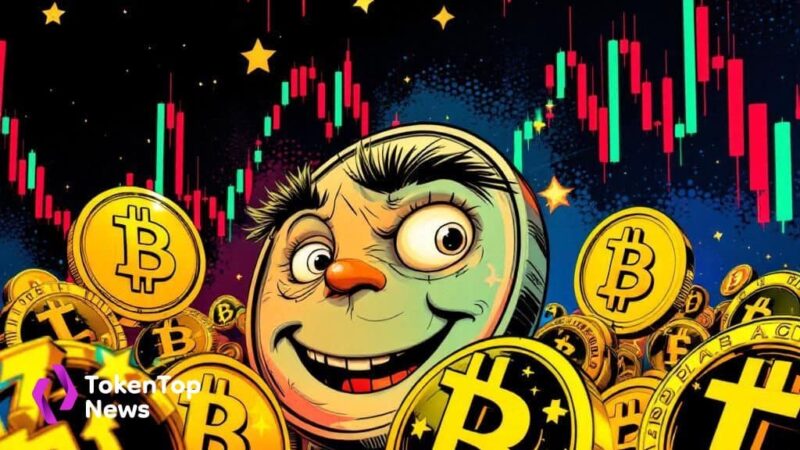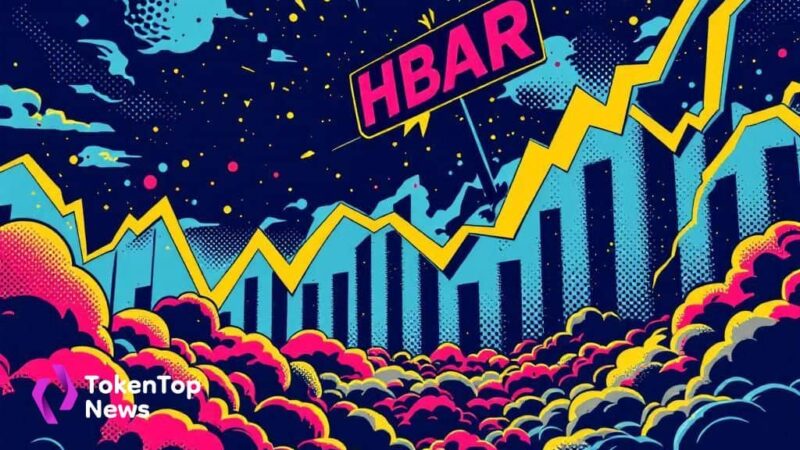Trump Urges Fed Rate Cuts Amid Economic Concerns
- Trump criticizes Powell over interest rate decisions.
- Urges alignment with European and Chinese policies.
- No immediate rate changes expected, causing market debates.

Nut Graph: Trump’s comments reflect ongoing criticism of the Federal Reserve’s cautious interest rate stance, urging alignment with global practices. Market reactions showcase uncertainty about potential impacts on the U.S. economy.
Trump Criticizes Powell’s Decision
In May 2025, amid declining prices and inflation, Donald Trump criticized Federal Reserve Chair Jerome Powell for not reducing interest rates. Trump argued for rate cuts akin to those seen in Europe and China, raising economic concerns. Powell’s approach, described by Trump as behind-the-curve, featured a “wait-and-see” strategy. The Federal Reserve held rates steady during its recent meeting, defying pressure.
“No Inflation, and Prices of Gasoline, Energy, Groceries, and practically everything else, are DOWN!!! THE FED must lower the RATE, like Europe and China have done. What is wrong with Too Late Powell?” — Donald Trump, President of the United States (Bloomberg).
The decision maintained caution, focusing on stable inflation and economic indicators. Financial sectors have shown a mixed reaction. Concerns include possible altered investment strategies. Political discourse intensified post-Trump’s critique, emphasizing differing policy priorities. While some economic experts support Fed caution, others align with global trends Trump advocates. Historically, Trump’s criticism has influenced Federal Reserve policy discussions. A future rate cut could align U.S. policies more closely with international standards.
Previously imposed interest rate policies continue to draw debate over implications for global competitiveness. Financial experts remain divided over the long-term potential consequences. Some predict minimal changes unless economic indicators significantly shift. Historically, the Federal Reserve’s cautious stance balances domestic and global pressures. Potential outcomes may include revised interest rate strategies and increased scrutiny of monetary policies. Analysts speculate on whether U.S. economic policies will adapt, potentially impacting the market through adjustments and innovations.




